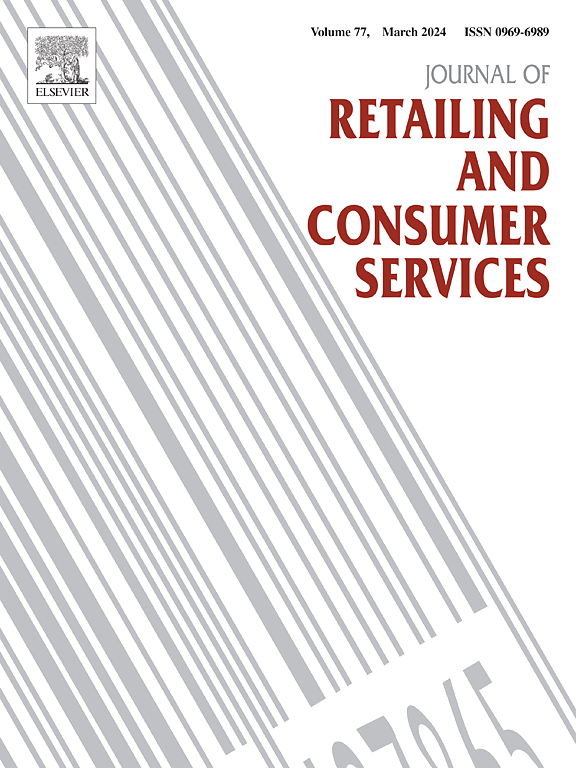Unpacking preferences for surprise subscription boxes - A Kano-based study of present, former, and non-users
IF 11
1区 管理学
Q1 BUSINESS
Journal of Retailing and Consumer Services
Pub Date : 2025-06-09
DOI:10.1016/j.jretconser.2025.104326
引用次数: 0
Abstract
Subscription-based services have emerged as a significant phenomenon in the e-retail landscape, with sales soaring during the COVID-19 pandemic, particularly for surprise boxes at a time when consumers were confined to their homes. However, in the aftermath of lockdown loneliness and with growing pressure on consumers' wallets, subscription-based surprise box services lately face challenging churn rates. While recent research has shed light on consumer profiles, motives and barriers in adopting subscription-based services, the relative importance of these factors in driving satisfaction is often neglected. Another boundary to the existing knowledge is the lack of distinction between what drives consumers to adopt versus what makes consumers quit their subscription. Given the substantial churn rate in the subscription market, investigating attitudes of the ever growing group of ‘former users’ entails potential to improve retention rates. Drawing from an online survey with Prolific panelists (n = 439 UK consumers, of which 234 former, 60 present, and 145 non-users), this study takes a refined Kano perspective to identify attributes of surprise subscription box services that contribute to customer satisfaction. Our findings provide clear guidance to retailers on the optimal positioning and marketing of their offers for present, former and non-customers.
打开惊喜订阅箱的偏好——一项基于kano的对现在、以前和非用户的研究
基于订阅的服务已经成为电子零售领域的一个重要现象,在2019冠状病毒病大流行期间,特别是在消费者被限制在家中的时候,惊喜盒子的销售额飙升。然而,在“封锁孤独”之后,随着消费者钱包承受的压力越来越大,基于订阅的惊喜盒子服务最近面临着挑战。虽然最近的研究揭示了消费者的概况、动机和采用订阅式服务的障碍,但这些因素在提高满意度方面的相对重要性往往被忽视。现有知识的另一个边界是,缺乏区分是什么促使消费者接受,还是什么促使消费者放弃订阅。考虑到订阅市场的大量流失率,调查不断增长的“前用户”群体的态度可能会提高留存率。通过对多产小组成员的在线调查(n = 439名英国消费者,其中234名以前的用户,60名现在的用户和145名非用户),本研究采用了精制的卡诺视角来确定惊喜订阅盒服务的属性,这些属性有助于提高客户满意度。我们的研究结果为零售商提供了明确的指导,使他们能够针对现在、以前和非客户进行最佳定位和营销。
本文章由计算机程序翻译,如有差异,请以英文原文为准。
求助全文
约1分钟内获得全文
求助全文
来源期刊
CiteScore
20.40
自引率
14.40%
发文量
340
审稿时长
20 days
期刊介绍:
The Journal of Retailing and Consumer Services is a prominent publication that serves as a platform for international and interdisciplinary research and discussions in the constantly evolving fields of retailing and services studies. With a specific emphasis on consumer behavior and policy and managerial decisions, the journal aims to foster contributions from academics encompassing diverse disciplines. The primary areas covered by the journal are:
Retailing and the sale of goods
The provision of consumer services, including transportation, tourism, and leisure.

 求助内容:
求助内容: 应助结果提醒方式:
应助结果提醒方式:


